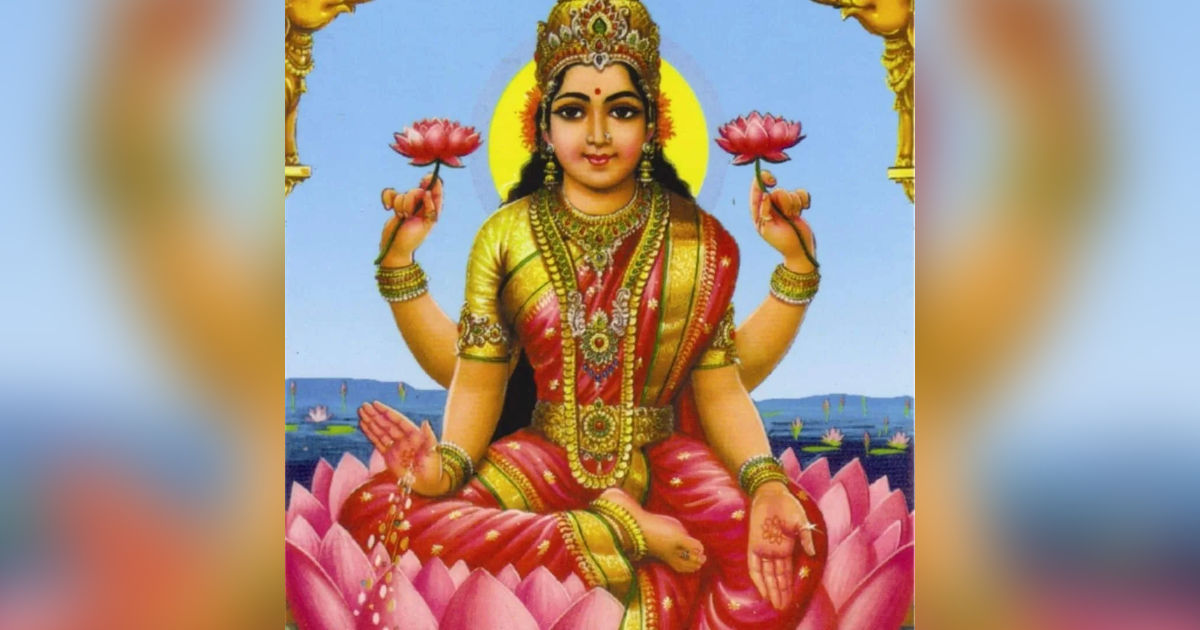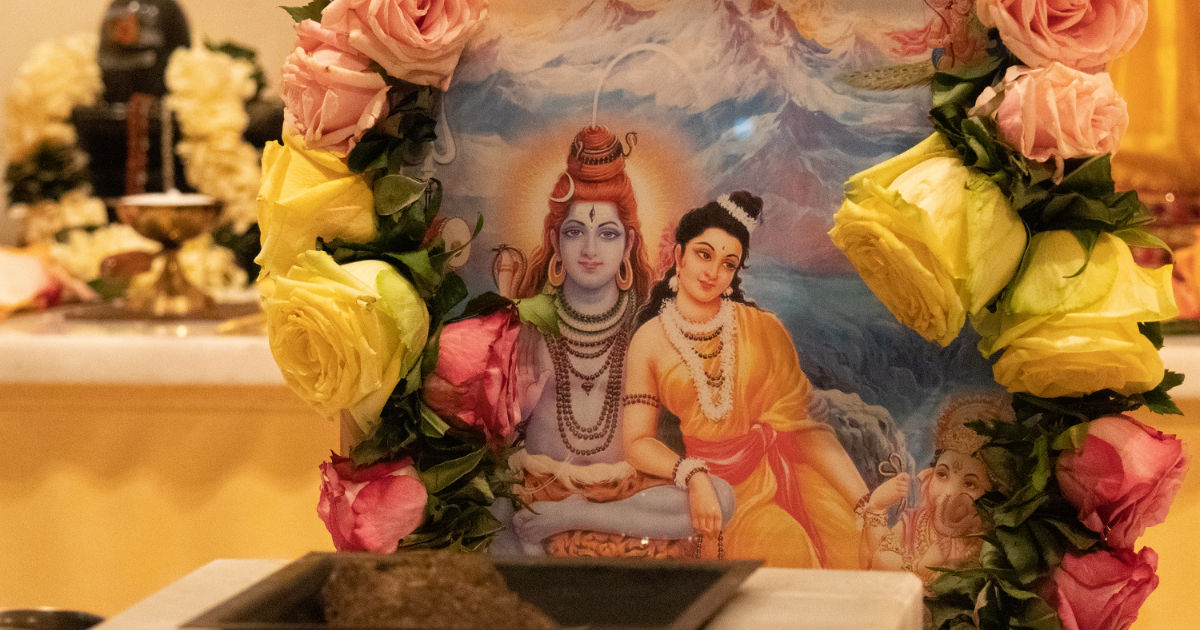Two processes are recommended for exhausting one’s karmas, Tapasya and Titiksha.
Tapasya means to burn or heat. It is purifying every part of the body through a particular process. It is undergoing a process of suffering spontaneously and willingly. In the Bhagwad Gita different forms of tapasya, physical, mental and emotional austerity are given. Continue reading





